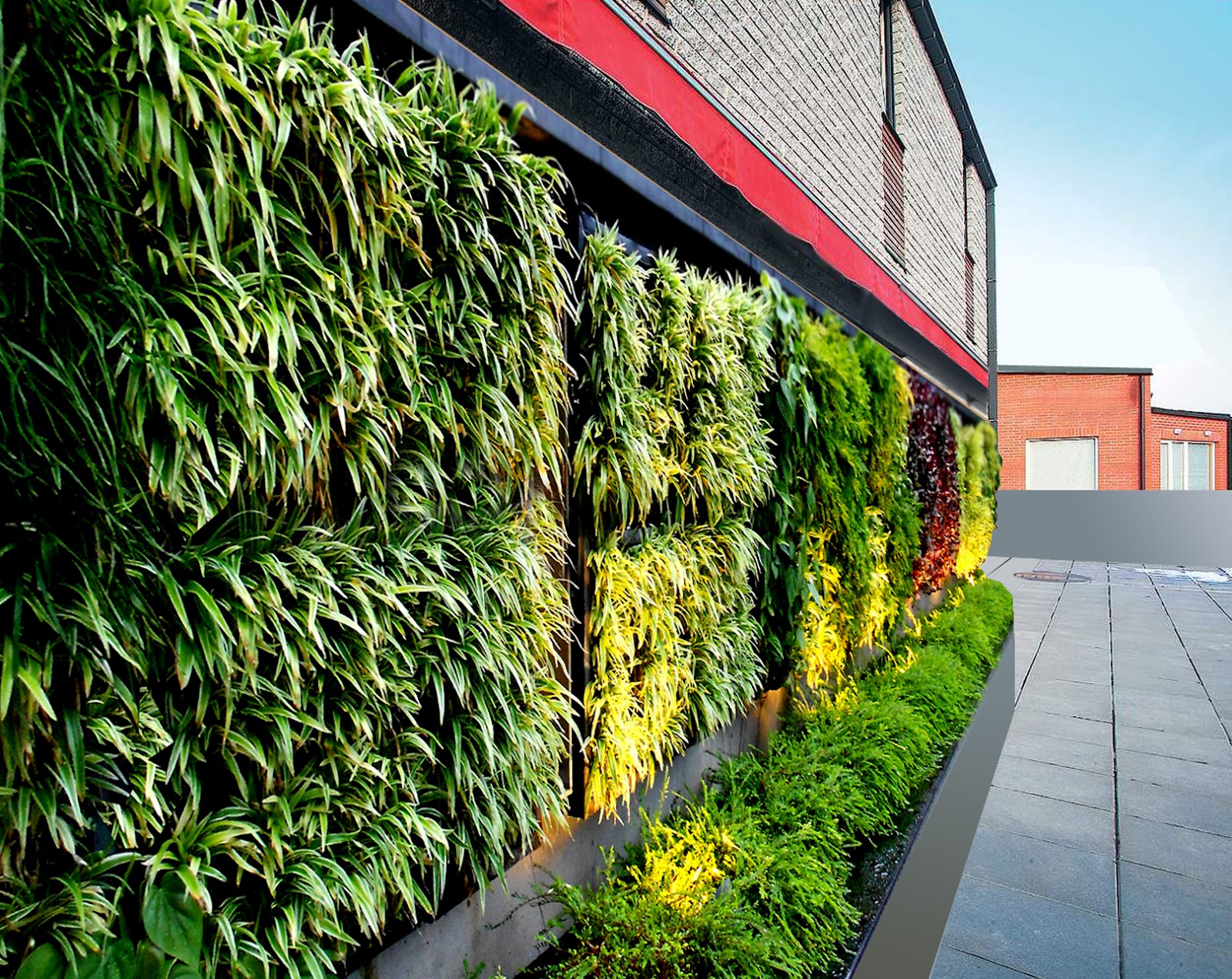Imagine a world where your living space is not just a place to rest but a vibrant ecosystem that breathes life into every corner. A vertical garden, also known as a green wall or living wall, is the perfect solution for those looking to incorporate nature into their urban lifestyles. This innovative gardening method allows you to grow plants upward instead of outward, making it an ideal choice for small spaces or apartments. With the rise of environmental awareness and sustainable living, vertical gardens are becoming increasingly popular as they not only beautify our surroundings but also improve air quality and promote biodiversity.
Vertical gardens can be created both indoors and outdoors, providing endless possibilities for creativity and design. Whether you’re looking to create a lush backdrop for your living room or a refreshing outdoor oasis, vertical gardens can be tailored to suit your taste and space. As more people recognize the importance of green spaces, these living walls have gained traction in residential homes, commercial buildings, and public parks alike.
In this article, we will explore the ins and outs of vertical gardening, from selecting the right plants to maintenance tips and benefits. You’ll discover how to transform your space into a green sanctuary that not only enhances your environment but also nourishes your soul.
What is a Vertical Garden?
A vertical garden is a method of growing plants on a vertical surface, such as a wall or a trellis, rather than in traditional horizontal beds. This innovative approach allows for more efficient use of space, making it an excellent choice for urban dwellers or those with limited gardening space.
How Do Vertical Gardens Work?
Vertical gardens utilize a structure or system that supports the growth of plants. This can include wall-mounted planters, trellises, or even hydroponic systems. The key components of a vertical garden include:
- Support structure for plants
- Soil or growing medium
- Irrigation system
- Drainage system
Why Choose a Vertical Garden?
There are numerous benefits to choosing a vertical garden over traditional gardening methods:
- Space-saving solution for small areas
- Improved air quality and natural insulation
- Enhances aesthetic appeal and property value
- Promotes biodiversity by attracting beneficial insects
What Plants are Best for Vertical Gardens?
When selecting plants for your vertical garden, it’s essential to consider factors such as light availability, climate, and maintenance requirements. Here are some popular plant choices for vertical gardens:
- Succulents
- Ferns
- Herbs (e.g., basil, mint, parsley)
- Flowering plants (e.g., petunias, begonias)
How to Create Your Own Vertical Garden?
Creating your own vertical garden can be a rewarding DIY project. Here’s a simple step-by-step guide to get you started:
- Choose a location with adequate light.
- Decide on the type of structure you want (e.g., wall-mounted planters, trellis).
- Select your plants based on your climate and light conditions.
- Install the support structure and prepare the planting medium.
- Plant your chosen plants and establish an irrigation system.
- Monitor and maintain your garden regularly.
What Maintenance is Required for Vertical Gardens?
Maintaining a vertical garden is crucial for its success. Consider the following maintenance tips:
- Regularly check for pests and diseases.
- Water plants as needed, considering the specific requirements of each species.
- Prune and trim plants to promote healthy growth and prevent overcrowding.
- Fertilize plants periodically to ensure they receive essential nutrients.
Can Vertical Gardens Improve Your Health?
Yes, vertical gardens can significantly improve your health and well-being. Research has shown that exposure to greenery can reduce stress, enhance mood, and promote overall mental health. Additionally, indoor vertical gardens can help purify the air by filtering out toxins and releasing oxygen, creating a healthier living environment.
How Do Vertical Gardens Contribute to Sustainability?
Vertical gardens play a vital role in sustainability efforts. They can help reduce the urban heat island effect, conserve energy by providing natural insulation, and promote biodiversity in urban areas. By creating green spaces in cities, vertical gardens contribute to a healthier ecosystem and a more sustainable future.
In conclusion, vertical gardens offer a unique and innovative way to incorporate nature into our lives, enhancing both our spaces and our well-being. Whether you’re an experienced gardener or a novice, creating a vertical garden can be an enjoyable and rewarding experience, allowing you to connect with nature while transforming your living environment.
Article Recommendations
- Charly Arnolt Husband
- Gloria Borger Health
- Markwahlberg Height
- 2 Actors Died Yesterday
- Happy Thanksgiving Gif
- Who Is The Caveman In Geico Commercials
- Iodine Testicle Painting
- Archie And Lilibet Photos 2024
- Jacob Arabov P Diddy
- Sandra Oh Spouse


